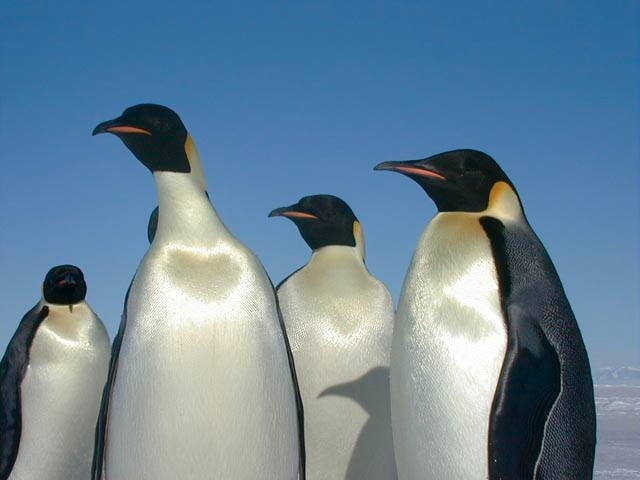Wolverines Face Courtroom Battle
Their extremely low numbers mean that they are suffering from low genetic diversity, their habitat is being fragmented, trapping still occurs and human disturbance from snowmobiling and backcountry skiing disrupts denning wolverines.
 Image: By Jeffrey C. Lewis [Public domain], via Wikimedia Commons
Image: By Jeffrey C. Lewis [Public domain], via Wikimedia Commons The wolverine is a rare and elusive species. It thrives in snow-capped mountains of the Northern Hemisphere, and is perfectly adapted to its habitat. It is the largest land-dwelling member of the weasel family and is powerfully built, with dense fur, short legs and wide feet for travelling large distances across the snow.
Wolverines once roamed across the northern tier of the United States to as far south as New Mexico and Southern California, in the Rockies and Sierra Nevada mountain ranges respectively. However, more than a century of trapping, poisoning and habitat loss has reduced their numbers. Today there are less than 300 individuals existing in fragmented populations in Idaho, Montana, Washington, Wyoming and northeast Oregon. Wolverines are slowly recovering from historic threats, but there are plenty current threats that they must contend with. Their extremely low numbers mean that they are suffering from low genetic diversity, their habitat is being fragmented, trapping still occurs and human disturbance from snowmobiling and backcountry skiing disrupts denning wolverines.
They are also at direct risk from climate change. Wolverines depend on areas that maintain deep snow throughout the winter and into late spring, because pregnant females dig their dens into the snowpack to give birth and raise young. But as temperatures rise the snowpack declines, and is predicted to worsen – the wolverine is projected to lose 63% of its snowy habitat by 2085.
In response to the impact of climate change on wolverines, in February 2013, the US Fish and Wildlife Service proposed to list the wolverine as a threatened species under the Endangered Species Act. However, state wildlife managers in Montana, Idaho and Wyoming objected, arguing that climate models are too uncertain to justify the listing. In May this year, the Service’s Regional Director ignored recommendations from her own scientists and withdrew the listing. This was despite the confirmation by a panel of outside experts that deep snow is crucial to the wolverine’s ability to reproduce successfully.
The decision prompted eight conservation groups to join forces and mount a legal challenge in an attempt to overturn it. The coalition, represented by Earthjustice, filed a lawsuit in Montana last month to sue the Fish and Wildlife Service. Earthjustice lawyer Adrienne Maxwell said: “The wolverine is a famously tough creature that doesn’t back down from anything, but even the wolverine can’t overcome a changing climate by itself. To survive, the wolverine needs the protections that only the Endangered Species Act can provide.” Noah Greenwald, from the Centre for Biological Diversity, one of the 8 conservation groups in the coalition, added: “The denial of protection for the wolverine is yet another unfortunate example of politics entering into what should be a purely scientific decision. All of the science and the agency’s own scientists say the wolverine is severely endangered by loss of spring snowpack caused by climate change, yet the agency denied protection anyway.”
It looks like the fight for the wolverine’s survival will now take place in the courtroom.





No comments yet.